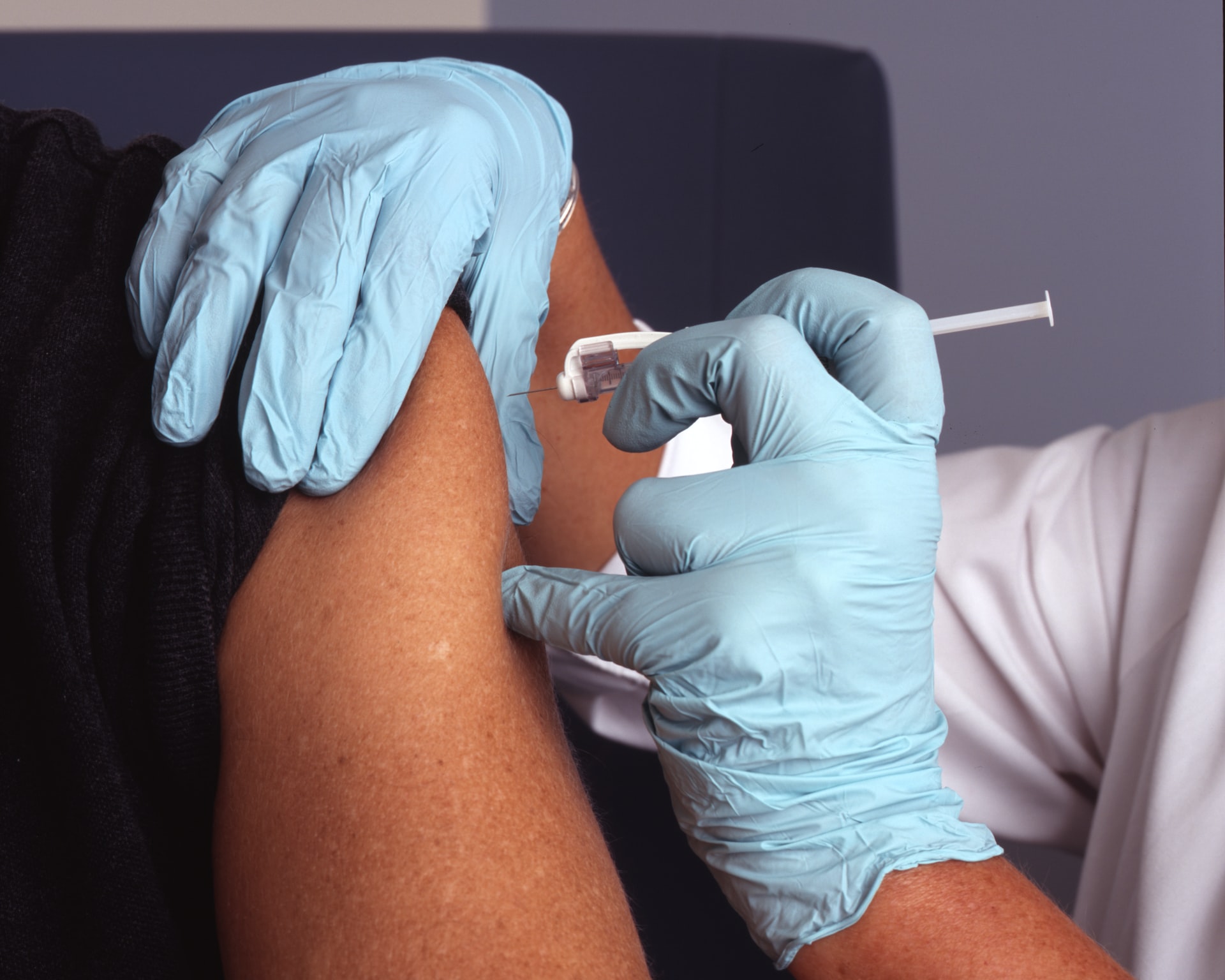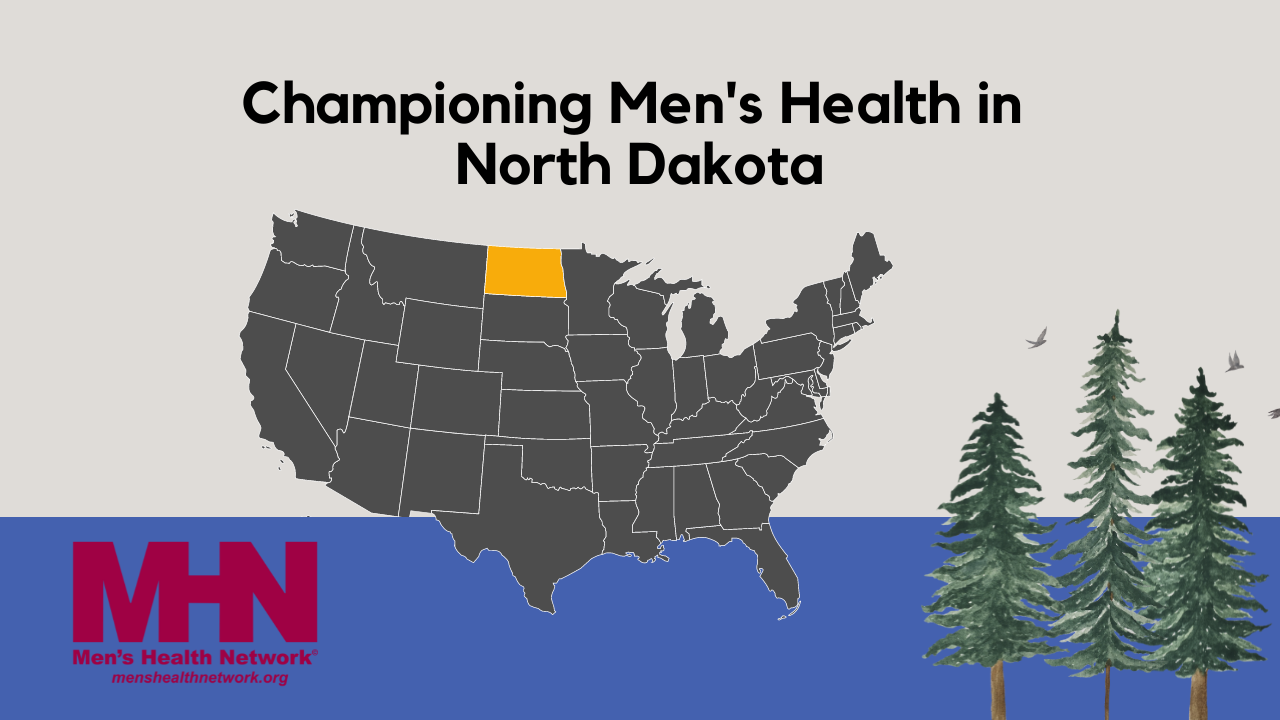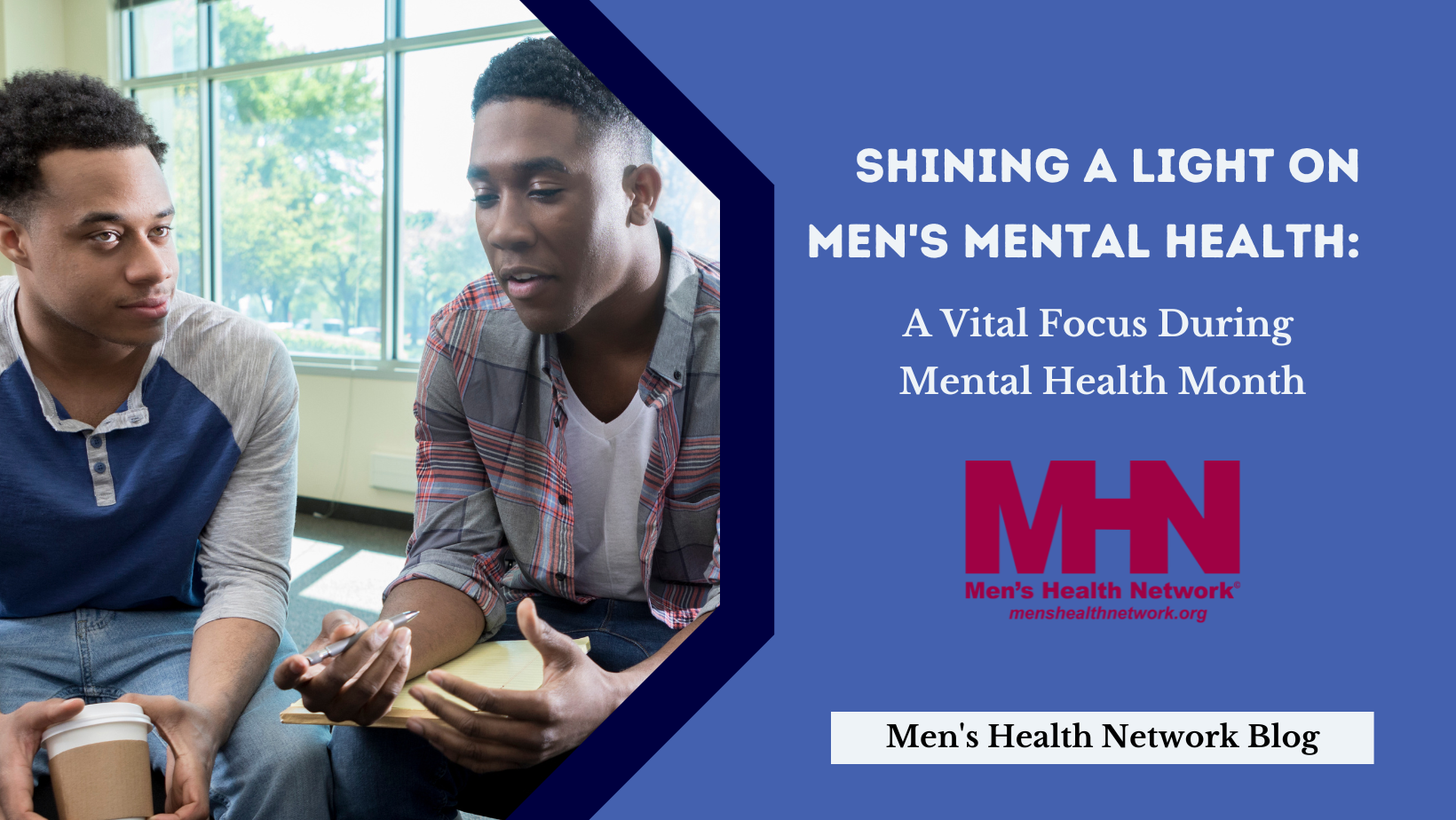Pandemics have a way of shining a harsh light on inequities in our society. In recent years, we’ve seen global outbreaks that required rapid vaccine dissemination. But those vaccines often reach some communities more slowly than others—the same ones that are struck hardest by the pandemic and have the greatest need for healthcare intervention. Disparities in vaccine access hold serious consequences for underserved populations and remain a serious public health concern for these communities. For example, Black, Hispanic, and American Indian/Alaskan Native (AI/AN) people are twice as likely to be hospitalized for of COVID-related symptoms compared to Whites, and die at a higher rates from the infection.
A Racial Divide in Vaccine Coverage
In the year following the release of the first COVID-19 vaccine, a marked disparity in vaccine access occurred that left some racial and ethnic minority populations at a disadvantage, according to the Centers for Disease Control (CDC). By May 2021, vaccine coverage had risen to above 75% for Asian adults and would rise to the same level for Hispanic and White adults by September. Yet, coverage for AI/AN and other minority groups lagged below 70%.
Some initial reports pointed to vaccine hesitancy and the long-standing distrust in the medical system within some minority populations as the reasons for lagging vaccination rates. While this may have been true in the early months of what became the pandemic, it was no longer true by the end of 2021. The CDC found that AI/AN, Black, and other minority persons who remained unvaccinated were not forgoing the vaccine by choice. They recognized it as safe and viewed it as an important way to protect themselves and their families. The larger problem was that in many minority communities, the vaccines were simply not available.
The Rural Midwest as a Case Study for Health Disparity
As COVID-19 boosters became available to the public, the Omicron variant began spreading across the U.S., hitting especially hard in rural and other underserved communities that still lacked vaccine coverage. The CDC had already reported lower overall vaccination rates among rural communities in the initial months following the release of the first vaccine compared to urban areas. And a New York Times report found that in rural communities, the COVID-19 death rate was more than 33% higher in Black Americans than in Whites. Barriers to healthcare such as lack of insurance, lack of public health messaging, and distance from hospitals and providers contributed to the disparity in booster coverage and subsequent casualties.
Men Left Behind in Vaccine Rollout
In the months leading up to the release of the first COVID vaccine, initial reports indicating greater hesitancy in women raised concern among healthcare providers. Yet, as data became available following the release of the first COVID vaccines, it became clear that men lagged behind women in vaccination rates and suffered greater COVID mortality. CDC investigation of rural and urban areas at the beginning of the vaccine rollout found that women in both areas had higher vaccination coverage than men (with 60% of women having been vaccinated vs. 40% of men). The higher likelihood of women seeking healthcare services and working in healthcare or education sectors where the vaccine was more readily available may have contributed to some of this discrepancy.
By June of 2021, the CDC reported that 9.5 million more women had received the vaccine than men. Public health initiatives like the Keep Up the Rates Campaign from the National Foundation for Infectious Diseases partnered with Men’s Health Network to spread awareness. Experts again pointed to a general hesitancy among many men to seek preventative care, including vaccines. To this day, women still outpace men in vaccination rates; but the gap is closing, with 52% of women and 47% of men having received at least one dose.
Barriers to vaccination and other health care services have consistently led to health inequities for underserved populations and yielded deadly consequences. Intervention programs that target at-risk communities and work to close the access gap are imperative to continuing to improve health equity during a pandemic in future public health responses.
Organizational efforts such as these must work to prioritize patient access by considering logistical and cultural barriers to healthcare. Insights on healthcare access from the COVID-19 vaccine rollout expand well beyond this pandemic. Disparities in vaccination rates span from urgent outbreak responses to seasonal flu vaccines. Public health initiatives must prioritize cultural competency and gender equality in their patient communication and strive to educate members of all communities equally and without prejudice. By doing so, outreach programs learn from pandemics of the past and provide sustainable solutions to the access gap that remains a serious public health concern.
Photo by National Cancer Institute on Unsplash




